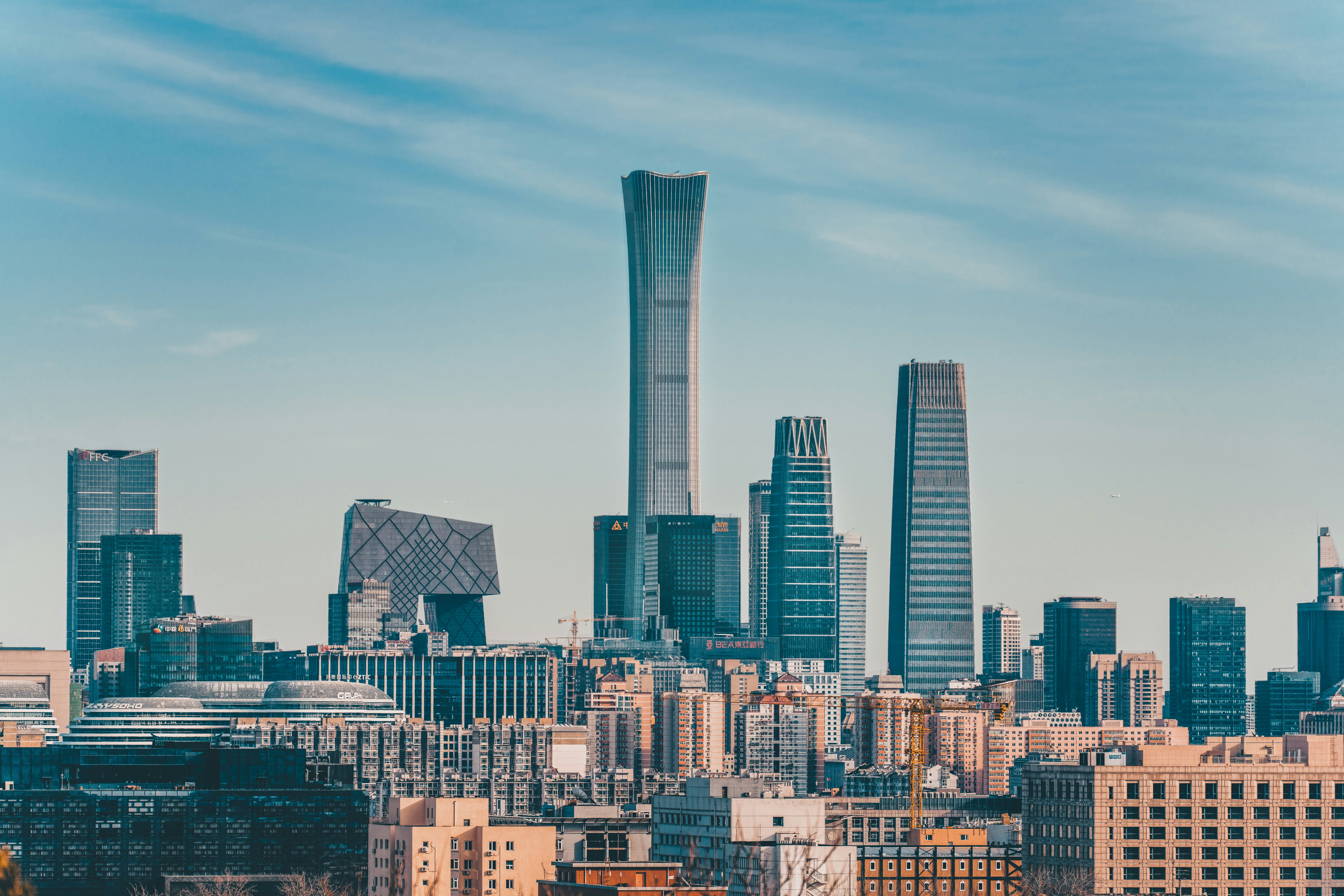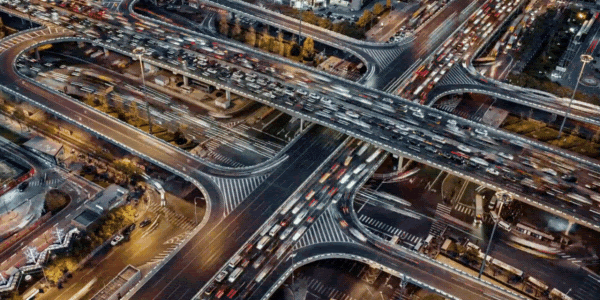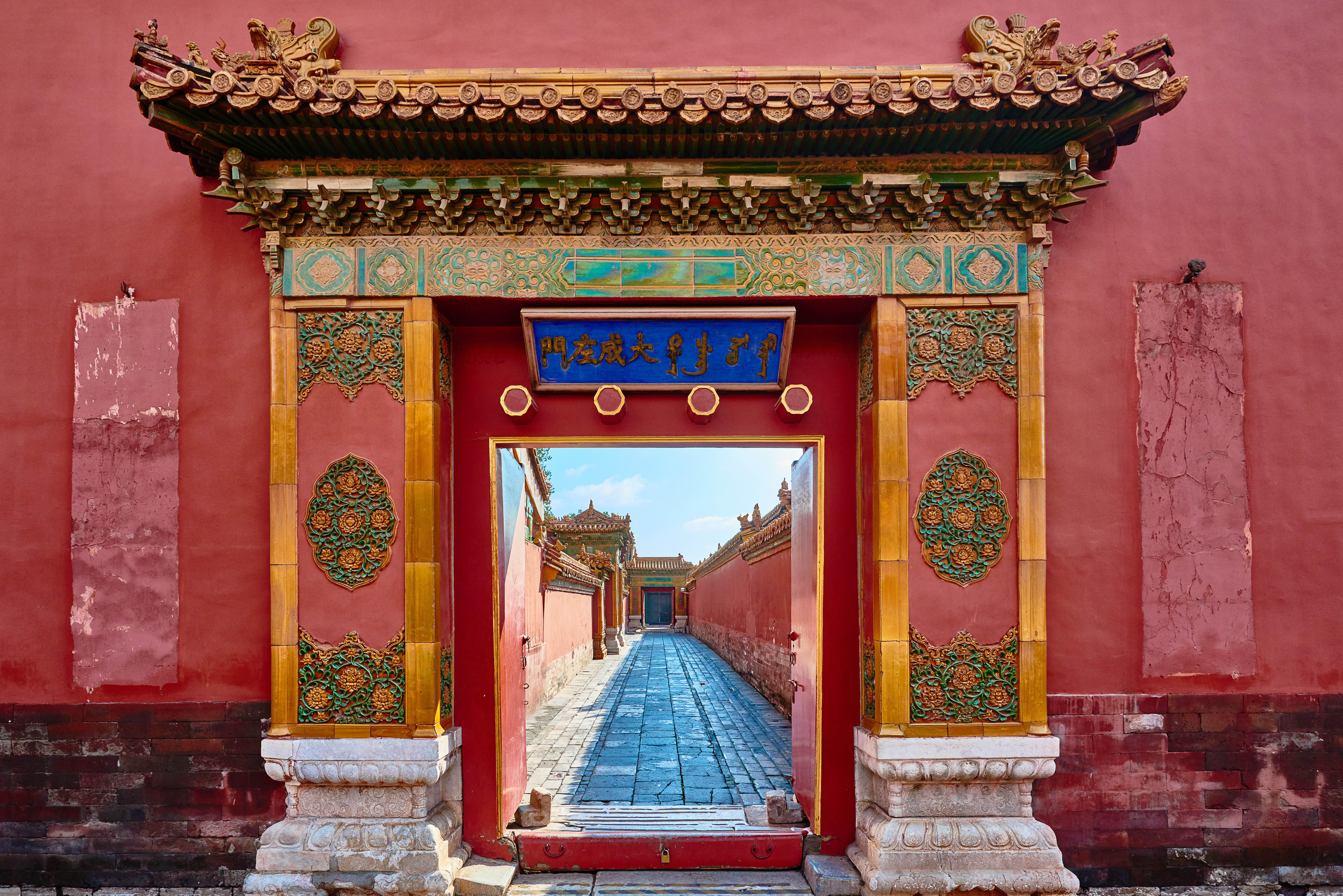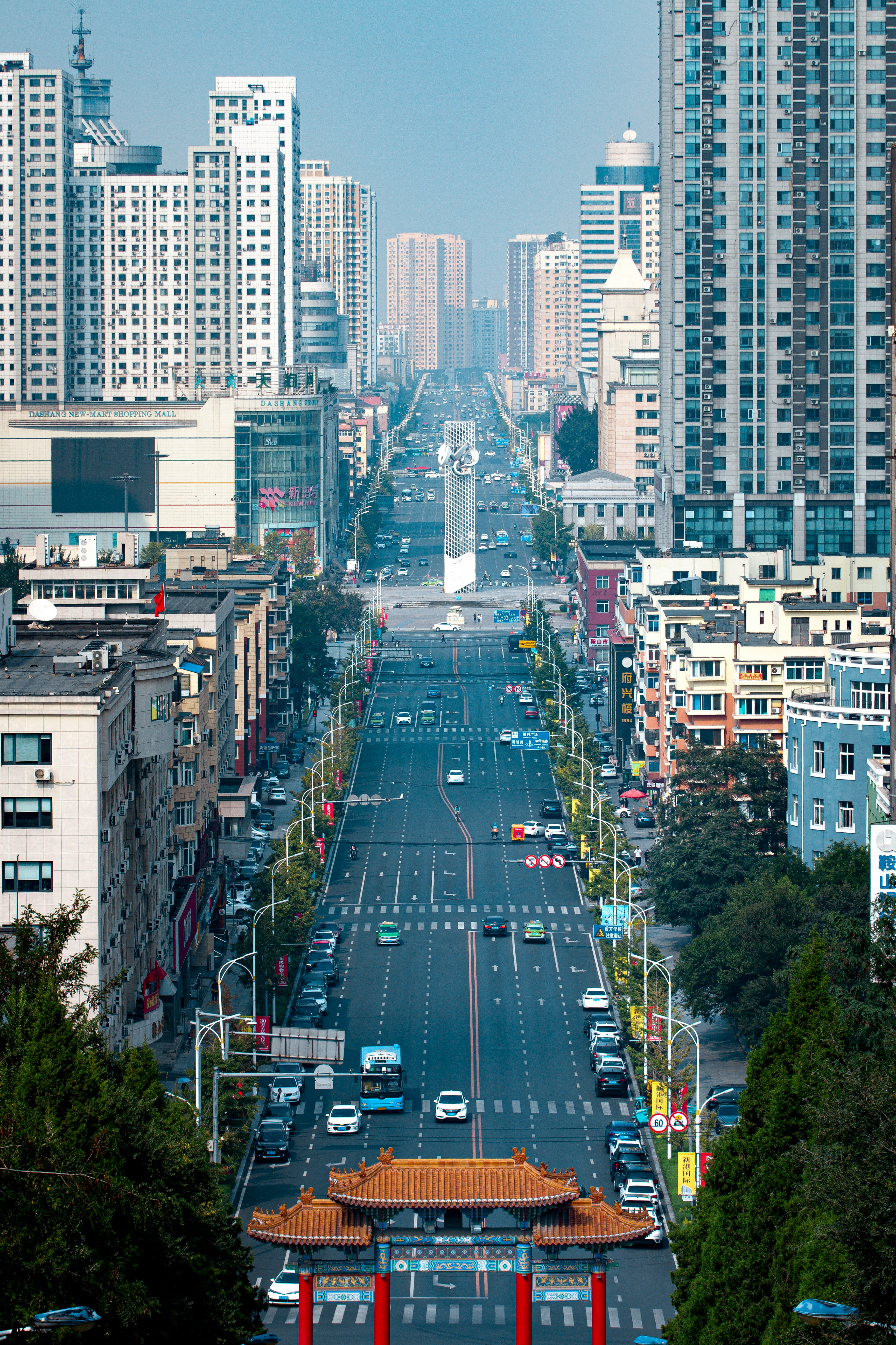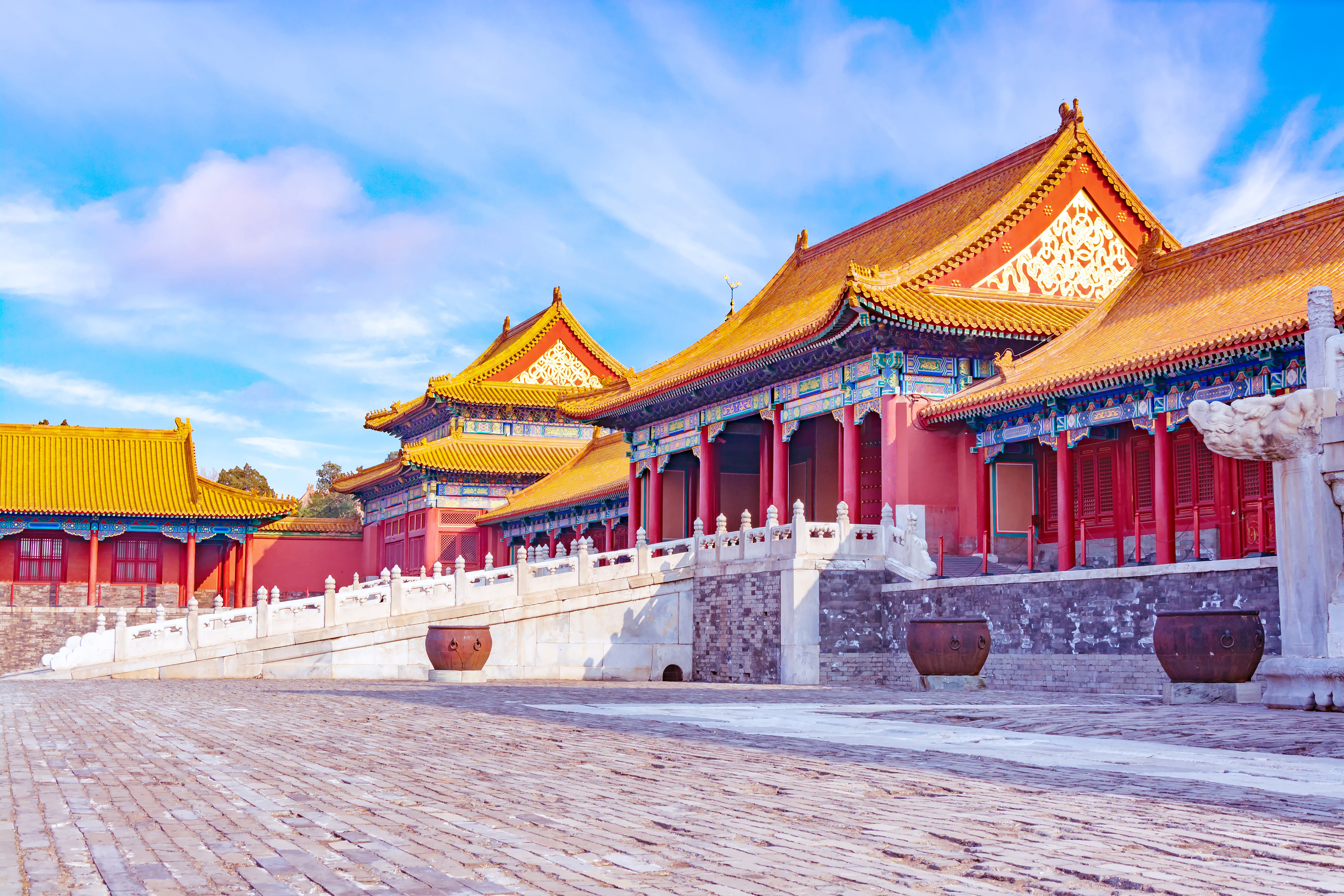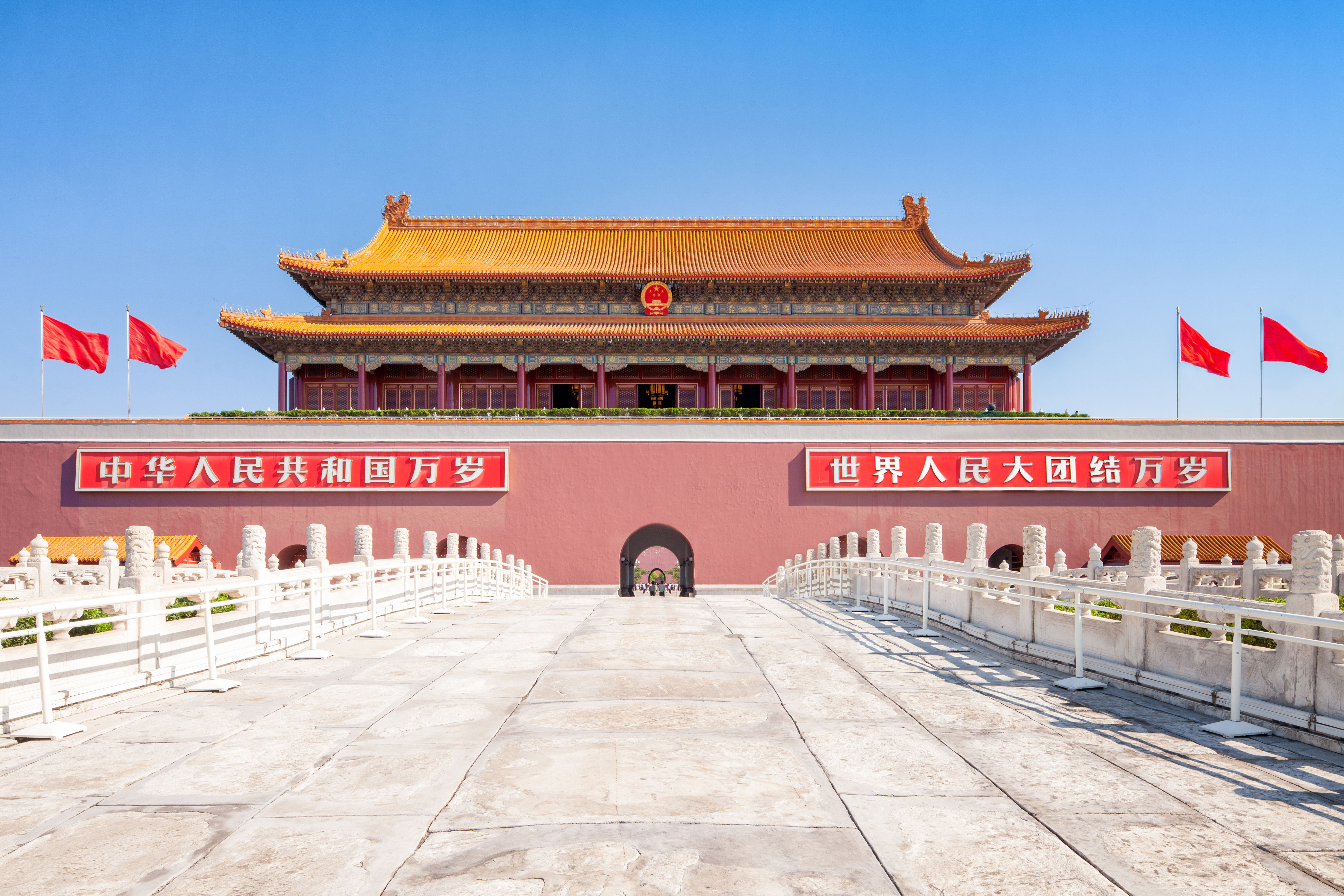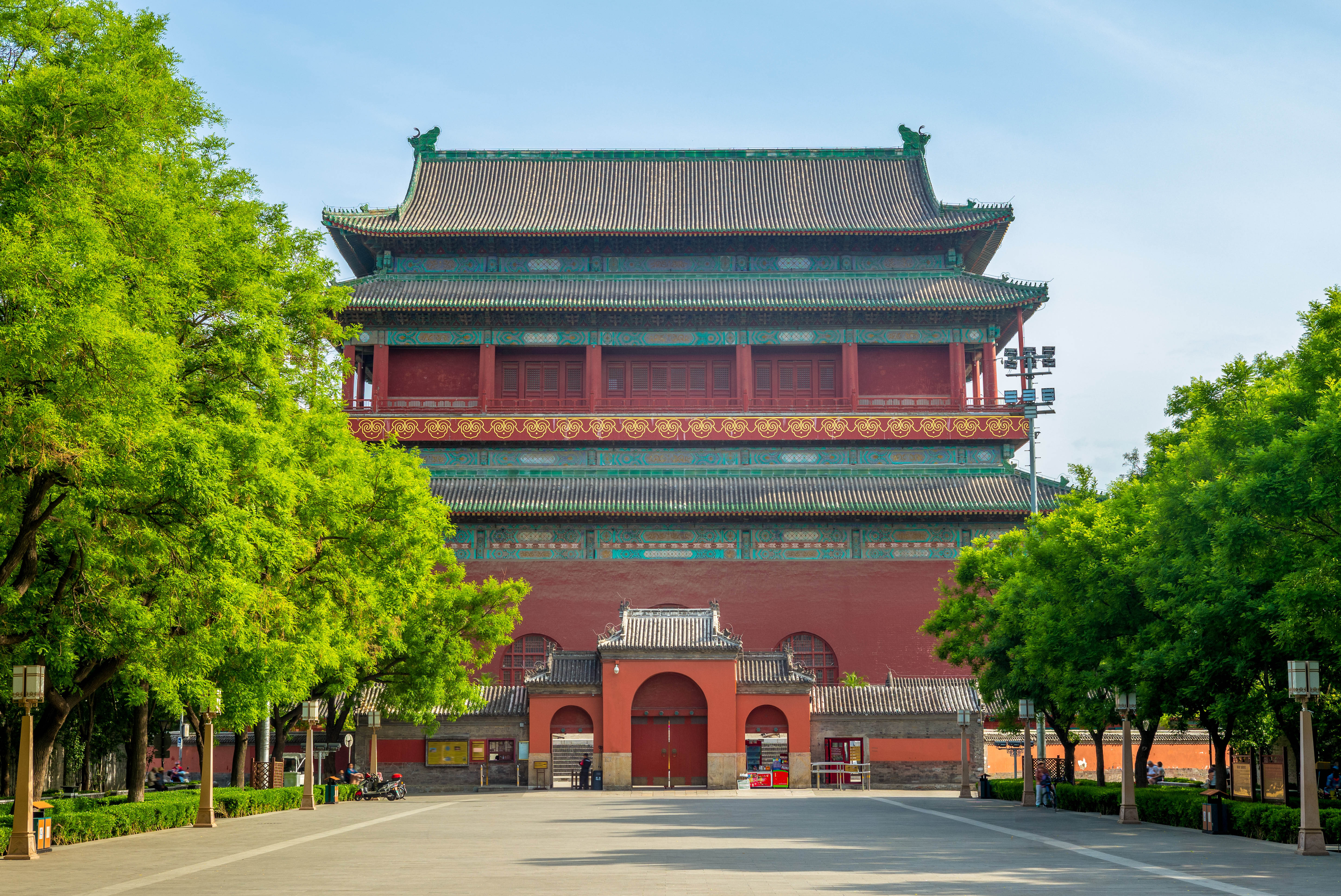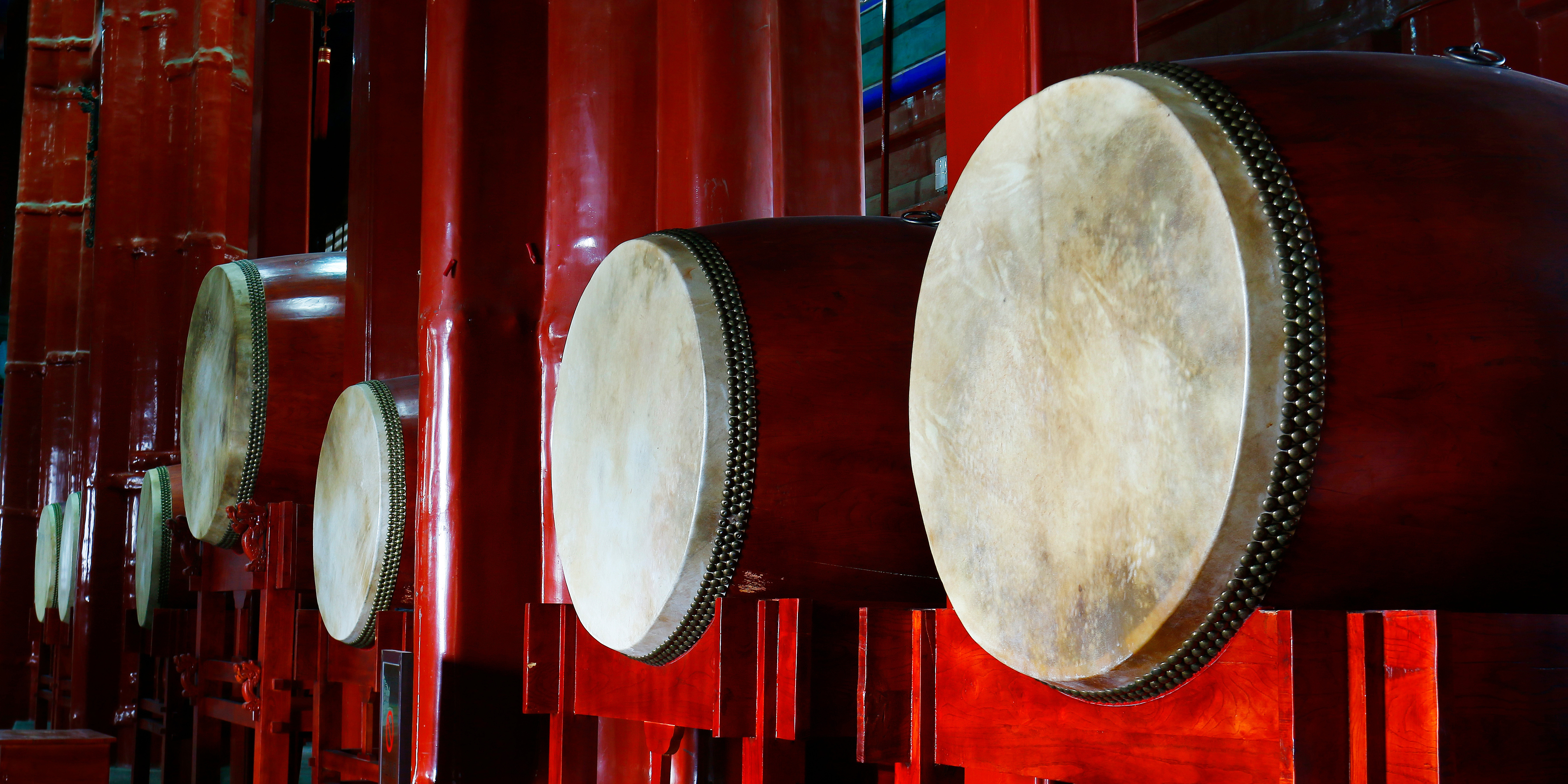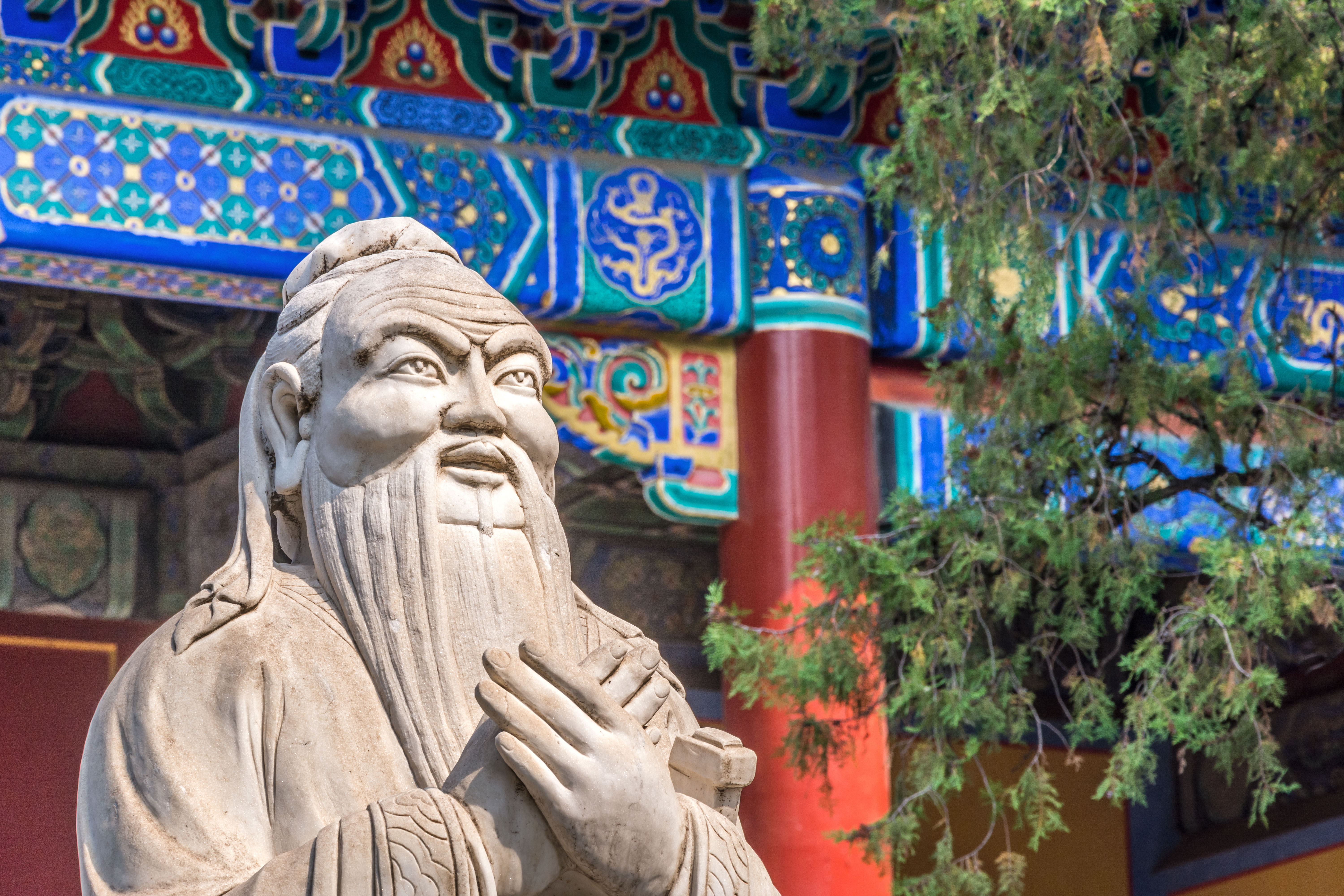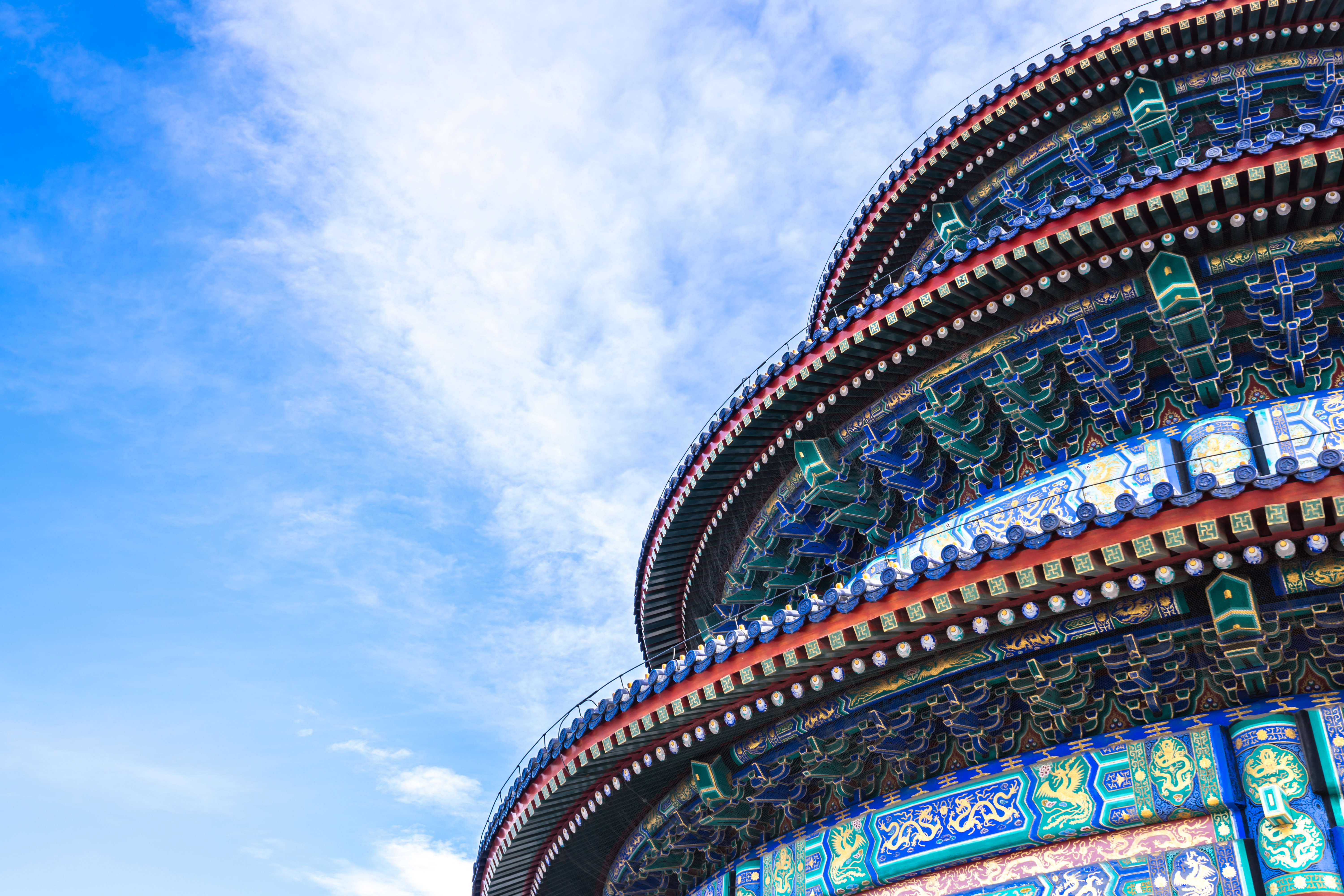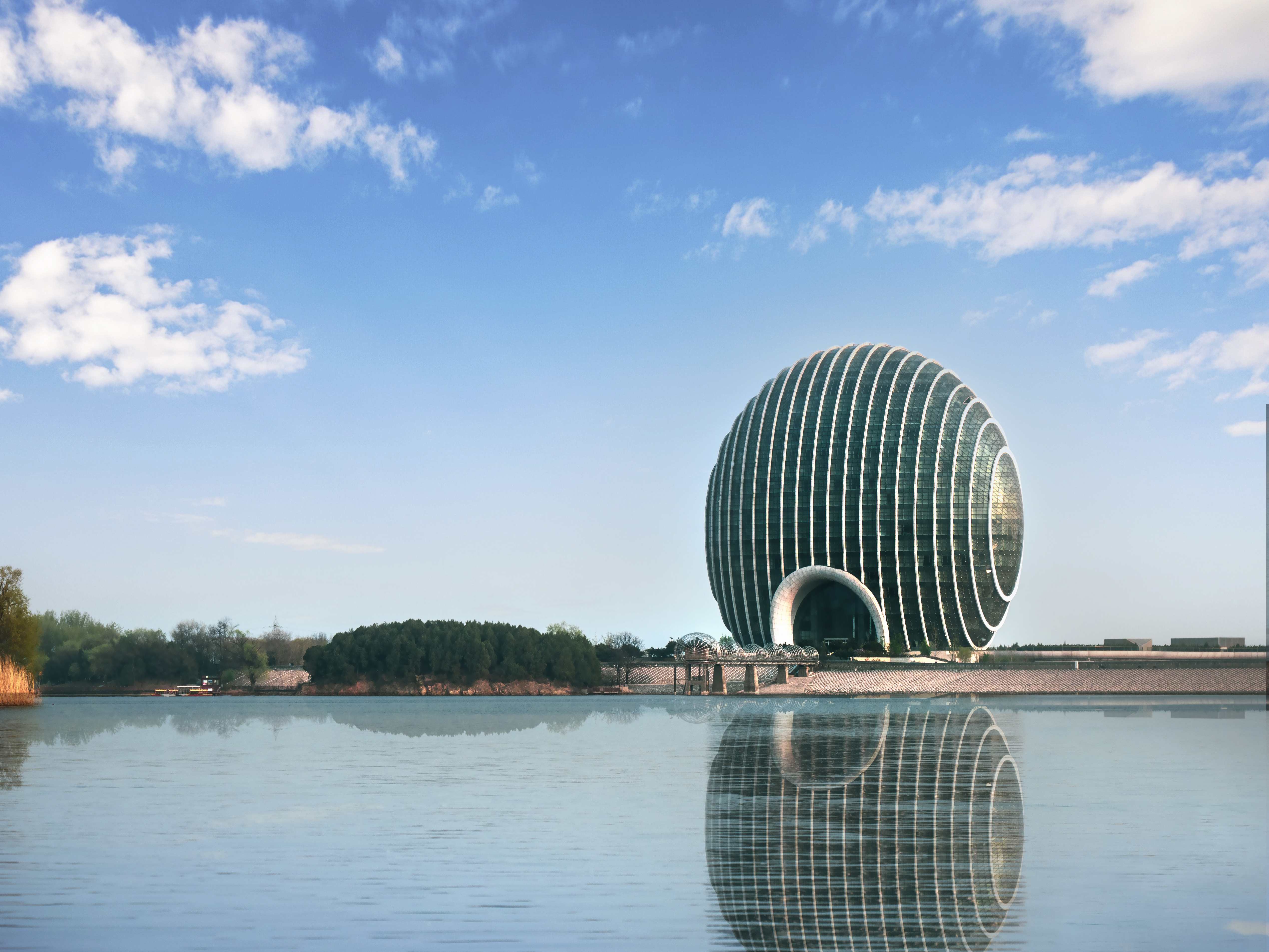
Top Things to Do in Beijing, China: Your Essential Guide
What's New
Few cities in the world offer such a sharp contrast between ancient and modern like Beijing. In a single taxi ride you can often feel like you are travelling in time from antiquity to the future, and in fact you are. We asked Beijing-based writer and experienced tour guide Gail Silver to share her tips on how to get the most out of your stay in the capital, from research and preparation to the best things to do in Beijing at Kempinski Hotel Beijing Yansha Center.
Explore Beijing like a local
The Chinese capital has been the beating heart of the Middle Kingdom and its people for over eight centuries and it is where policies, innovation, art, architecture and culture are created, determined and spread across the country. For me, Beijing sets the pulse for China, and exploring China starts with exploring Beijing.
In this essential guide I share my personal recommendations on how to enjoy some of Beijing’s most iconic landmarks. These are the things I do with my family and friends when they visit and the places I take my tour clients to experience the city for the first time.
Discover the full selection of Kempinski hotels in China.
As a visitor, I know you have a lot on your list and you wish to make the most of your trip, but my best advice for every site in Beijing is to take your time! Don’t rush through it, don't treat it like a marathon, Beijing is a slow-paced city beneath the facade of a fast-pace global metropolis.
When exploring Beijing’s attractions, take your time in each site, watch the people, watch the light, be mindful of the seasons, be mindful of sounds. Stroll, don’t walk, and definitely don't run.
Beijing travel tips: essentials before you go
Before you even start packing, take the time to work through these orientation tips and everything will make sense.
1. FAMILIARISE YOURSELF WITH A CITY MAP
I recommend visitors to buy a paper map of Beijing and study it before arrival. It’s a great way to understand the unique layout of the city, the Fengshui principles that guide its overall design and the clear division between old and new.
2. BE AWARE OF THE NORTH-SOUTH AXIS
The Beijing Central Axis is a 7.8 kilometre (25,290 feet) line running through the centre of the city. It is a unique architectural feature that gained global recognition when it was added to the UNESCO World Heritage List in 2024.
Most of the iconic sites you will be visiting such as the Forbidden City (the Palace Museum), Tiananmen Square, the Drum and Bell Towers or the famous Jingshan Park are all located along the Central Axis.
3. CONSIDER THE RING ROADS
If you look at the city layout you will immediately see the pattern. Just like Manhattan is famous for its grid of streets and avenues, making it easy to navigate, Beijing is famous for its ring roads. Familiarising yourself with them will help you know where you are and where you're going.
For example, the second ring road is built on top of the ancient city walls, which means that everything within it is the old imperial capital. This is where you will find ancient sites such as the Lama or Confucious Temples, the iconic Beijing alleys known as Hutongs, and the spirit of old Beijing.
The third ring road, and its eastern part in particular, is where you will find most of the modern and trendy shopping and entertainment areas such as the famous Sanlitun street, the bustling CBD (Central Business District) and the fast-emerging Shuangjing District. Most foreign embassies and some of the best-known international luxury hotels (including Kempinski Hotel Beijing Yansha Center and the adjacent Yansha mall) are located there too.
4. FIND THE NORTH
Locals don’t give directions like “turn left/turn right”; they use north, south, east and west. Beijingers always know where the north and south are in relation to where they're standing. This intuitive orientation is something in which real Beijingers take great pride and is an easy way to tell who is a local and who is not.
Street names in Beijing often use north, southeast and west so if you pay attention, you can find out where you are in relation to the city centre or the second ring road. And if you’re not sure where you’re facing, look at the colour of street signs. White backgrounds with red characters indicate that the street runs from east to west. Signs with a green background and white characters mean that the street runs from north to south.
Beijing’s most iconic landmarks
After doing your research, it’s time to enjoy everything the city has to offer. Beijing is a city that can be enjoyed time and time again, but here is my essential list of attractions and landmarks for your first visit.
BEIJING’S CENTRAL AXIS
The 7.8-kilometre (25,290 feet) line running north to south across the centre of the city is the backbone of the imperial capital. If you’re searching for things to see in Beijing and wish to grasp the essence of urban planning principles in ancient China, the Central Axis is the key. Take a paper map of Beijing and fold it in half exactly across the middle, and it will follow the Central Axis.
If you visit the Forbidden City, Tiananmen Square, Qianmen Pedestrian Street, or the Drum and Bell Towers, you are already walking along the Central Axis. Delve deeper and explore further by taking a long walk along a particular section, such as the part between Jingshan Park and the Drum Tower, or from Yongdingmen Gate to Qianmen Pedestrian Street. Another great option is renting one of the many shared bicycles that are easily available on every street corner to cycle along the Central Axis, and you will cover more ground this way, experiencing what it's like being part of the largest bicycle traffic system in the world.
THE FORBIDDEN CITY
Also known as the Palace Museum, this massive palace complex is a city within a city, boasting magnificent architecture, imposing gates and the most exquisite craftsmanship of iconic Chinese traditional building techniques. You’ll see beam pattern decorations, glazed tiles, lacquer-work, landscaping and woodwork, so my top suggestion is: don’t rush through it.
Clear at least half a day for the Forbidden City and come early because the queue for the security check outside the south gate might take some time. Once you’re inside, allow yourself to get lost. Wander through the grand plazas, narrow corridors, and lavish north gardens and simply take it all in.
Once you exit through the north gate, stroll along the palace moat, look at the fish, ducks and the dozens of Chinese couples in their wedding attire having their photos taken (it's the most popular wedding photo spot in Beijing). Make sure that you stop to admire the two magnificent watch-towers on the northeast and northwest corners of the palace wall and finish your day with a lavish Peking roast duck dinner and a nice foot massage (you’ll need it after all that walking).
Essential tips
- Tickets to the Forbidden City should be purchased in advance on the Palace Museum’s official website. If you’re unsure, the hotel Concierge team will be more than happy to help.
- Book your ticket as early as possible in order to be sure you get your preferred date.
- Try to avoid visiting on weekends and Chinese national holidays as these days can be very crowded.
- On the day, don’t forget to bring your passport and make sure you have a screenshot of your ticket confirmation easily available on your phone, as you will need to show it several times before entering.
TIANANMEN SQUARE
Tiananmen Square and its surrounding buildings are the prize architecture of "New China”, the PRC as we know it today, the post-1949 China. The square is huge and is home to several important sites. To visit, you will need to make online reservations at least a week in advance. At the time of writing, this service is only available in Chinese on the WeChat social media app, but the hotel Concierge will be able to help.
The most important activity here is the daily flag rising ceremony that is perfectly synchronised with the rising sun, an impressive and unique Beijing experience that is worth waking up early for. Other important sites on the square are the Chairman Mao Memorial Hall (also known as Cariman Mao Mausoleum), where the great leader is still watching over the nation from his glass coffin. The beautiful Zhengyangmen (Gate of the Zenith Sun) also recently reopened to visitors after a 30-year renovation and offers interesting exhibitions with a striking view of Beijing’s Central Axis. Both require advance online reservations. Here too, the platform is currently only available in Chinese on the local WeChat app, but your hotel Concierge will be able to assist you with that as well.
THE DRUM AND BELL TOWERS
The Drum and Bell Towers are among the most beautiful and well-preserved ancient structures of old Beijing. The square between them and the alleys surrounding them are like a living museum where you can catch the essence of what life in the imperial capital was like. Climb to the top of both towers for spectacular views of the old city centre and learn how time was kept and told across the city before clocks and watches. Don’t miss the drumming sessions in the top hall of the Drum Tower. There are usually four or five a day and the timing changes based on the seasons.
Linger in the square between the towers to watch a street performance, join the locals in a game of Jianzi (kicking around a feathered puck), buy a roasted sweet potato from a street vendor or join the old ladies’ square-dancing routines. Don’t just watch, participate. Beijingers are warm and welcoming people and they love their tourists.
HOUHAI, QIANHAI AND XIHAI LAKES
Take time to discover life on the water in the heart of old Beijing. This can either be enjoyed as a leisurely stroll, a picturesque rickshaw or boat ride, or a bustling and colourful experience, depending on the day of the week, the time of day and what area of the lakes you choose to visit.
The seasons play a key role in what you will see and do. Watching the elderly swimmers in their “fashionable” swimwear taking a dive rain or shine, summer or snow is a big part of the fun here. A boat tour through the sea of blossoming lotus flowers in summer is another unforgettable experience, as is skating on the frozen lake in winter, joining a game of ice hockey with local children or taking a traditional Beijing “ice bicycle”.
Finish your day with a lakeside glass of craft beer watching the willow trees sway or head over to the busy bars around the Yinding Bridge and the bustling alley of Yandaixiejie for some souvenir shopping and lots of street food.
THE LAMA TEMPLE, THE CONFUCIUS TEMPLE AND EVERYTHING IN BETWEEN
A stone’s throw from each other, the Lama and Confucius Temples couldn’t be more different in terms of style, design and atmosphere, embodying so accurately the differences between two of China’s most prominent religions. Explore the lavish, colourful grandeur of the Lama Temple and then head to the Confucius Temple for some calm contemplation in the solemn stone slab garden.
The alleys surrounding both temples are full of small shops selling religious items such as incense, amulets and “ghost money”, but wander only 50 metres west or north and the retail offering changes to stylish boutiques, fashion accessories, espresso bars, and trendy restaurants. A neighbourhood of true contrasts.
THE TEMPLE OF HEAVEN
While tourists flock to the Temple of Heaven to see the iconic Hall of Prayer for Good Harvest (the most famous circular temple in the world and the symbol of Beijing) or play telephone on the surrounding Echo Wall, there is so much more to this park. And yes, I said “park”.
Aside from being one of Beijing’s top tourist attractions, for local residents, the Temple of Heaven is simply one of the city’s largest neighbourhood parks. So, while you are here to visit the past, don’t miss the very vibrant and interactive scenes of the present. Head off the main route to find groups of retirees practising tai chi in perfect sync, look for paved areas where water calligraphy can keep you mesmerised for hours, get challenged to a pull-up competition by an 80-year-old grandpa (don’t expect to win, even if you’re a professional bodybuilder!), and wander towards the roofed corridors to listen to Peking opera, classic jazz or traditional Chinese instrumental music performed by local groups of elderly musicians.
When you’ve finished socialising, retreat to the tranquil wooded area where you will find the largest population of ancient holly cedar trees in Beijing, some of which are over 600 years old.
THE SUMMER PALACE
Beijing is a city governed by the four seasons. They colour the city differently, dictating how the air smells as well as what you will see, do and eat during your visit, and the Summer Palace is perhaps the best place to experience this.
The question “what to do in the summer palace?” can only be answered by first asking: “when do you plan to visit?”. In summer, boating on the Kunming Lake, strolling the wooded areas listening to the cicadas sing and enjoying lotus and water lilies bloom on the water while eating one of the park’s famous popsicles shaped like the palace building is a fantastic escape from the scorching heat of the downtown area.
In autumn, the Summer Palace and the adjacent Fragrance Hills are a pilgrimage site for visitors coming to enjoy the magical scene of autumn foliage as the hills turn fiery red and yellow and hundreds of migratory birds, including some rare and endangered species, descend on Kunming Lake. The smell of roasted chestnuts and candied hawthorn fruit will draw you to a kiosk or a street vendor, for an irresistible snack.
The palace and its lake, the Marble Boat and the Long Corridor take on an even more majestic and mysterious air in winter as the buildings appear more imposing, laced with snow and framed against the enormous frozen water surface. If the ice is thick enough, you can even walk across Kunming Lake to the island at its centre, a trip that takes 10 minutes by boat in summer.
Spring is when every manmade marvel in the Summer Palace takes a back seat as thousands of cherry, peach, crabapple, almond, plum and magnolia trees are in full bloom, turning the palace grounds into a celebration of colour and life (as beautiful as it is, those with pollen allergies should probably avoid a springtime visit). Kite festivals, folklore art markets and performances are often held in the park.
No matter what time of year you choose to visit, again I recommend that you take your time. People-watching is a big part of the adventure.
LEAVE THE CITY BEHIND
Visitors are always amazed when they discover that just an hour’s drive from the centre of Beijing, they can find themselves in pure, green nature. The suburbs are home to lush forests, vast lakes, waterfalls, trout farms, orchards and of course, the iconic Great Wall and I recommend a two-day getaway by Yanqi Lake in the Huairou District.
Stay at the elegant Sunrise Kempinski Hotel overlooking the water. Enjoy hiking, cycling, water sports, fruit picking, and visit the grand hall to see the famous colossal wood-carved table where world leaders including presidents Barack Obama and Li Xianlong sat for the 22nd APEC Economic Leaders’ Meeting in 2014.
And if you’re looking for a unique and original way to experience the nearby Great Wall of China, how about skiing beneath it? Sunrise Kempinski Hotel offers a package that includes a tour of the lake and a day pass for a ski resort at the foot of the Great Wall with transportation and even a picnic basket. What better way to wrap up a memorable first stay in Beijing?
If you enjoyed this, why not discover Tim Johnson’s pick of other cultural holiday destinations?

